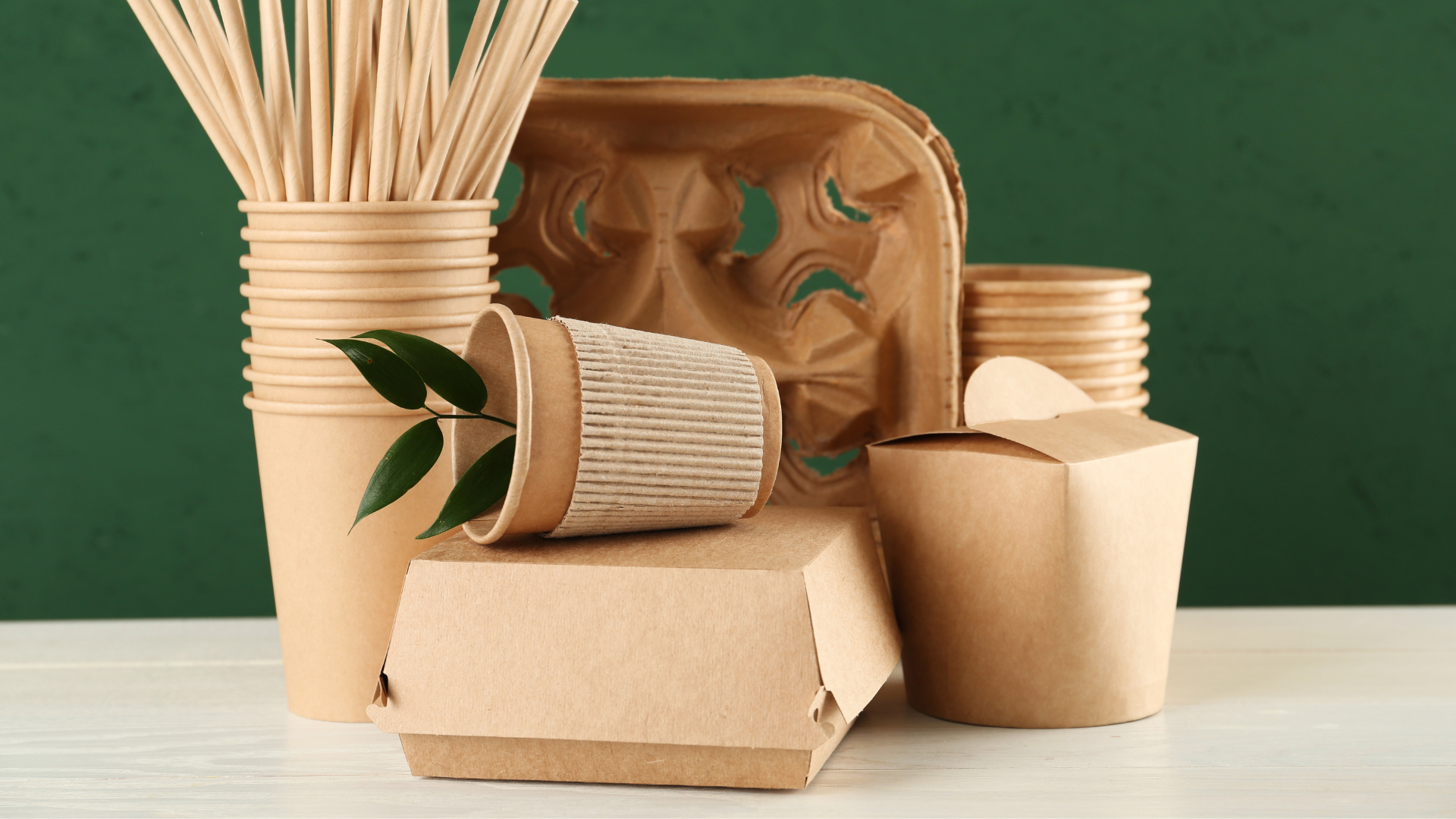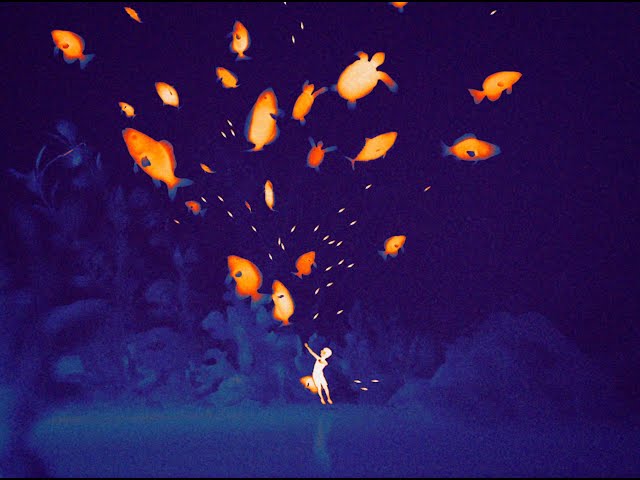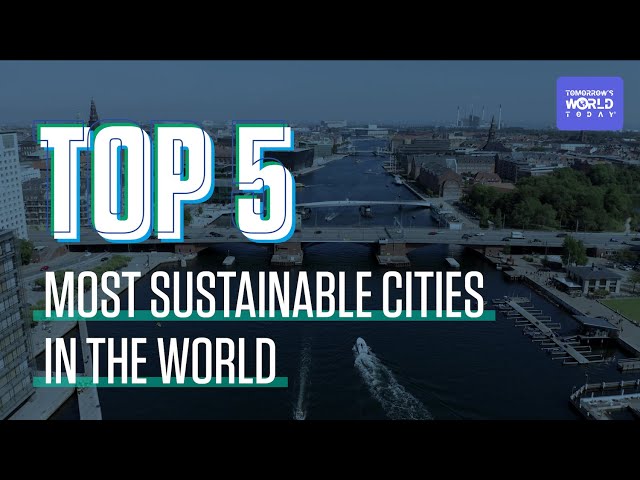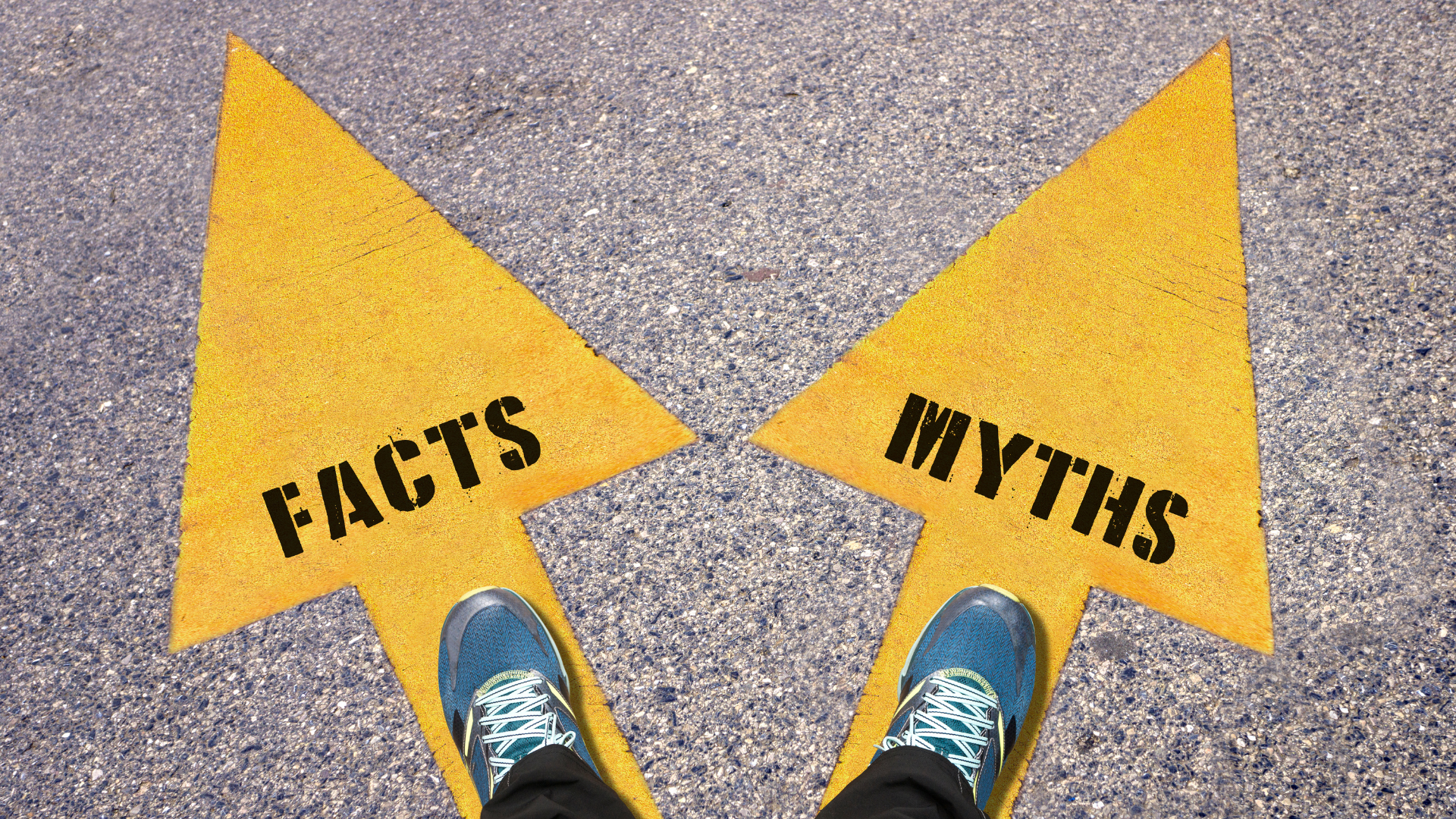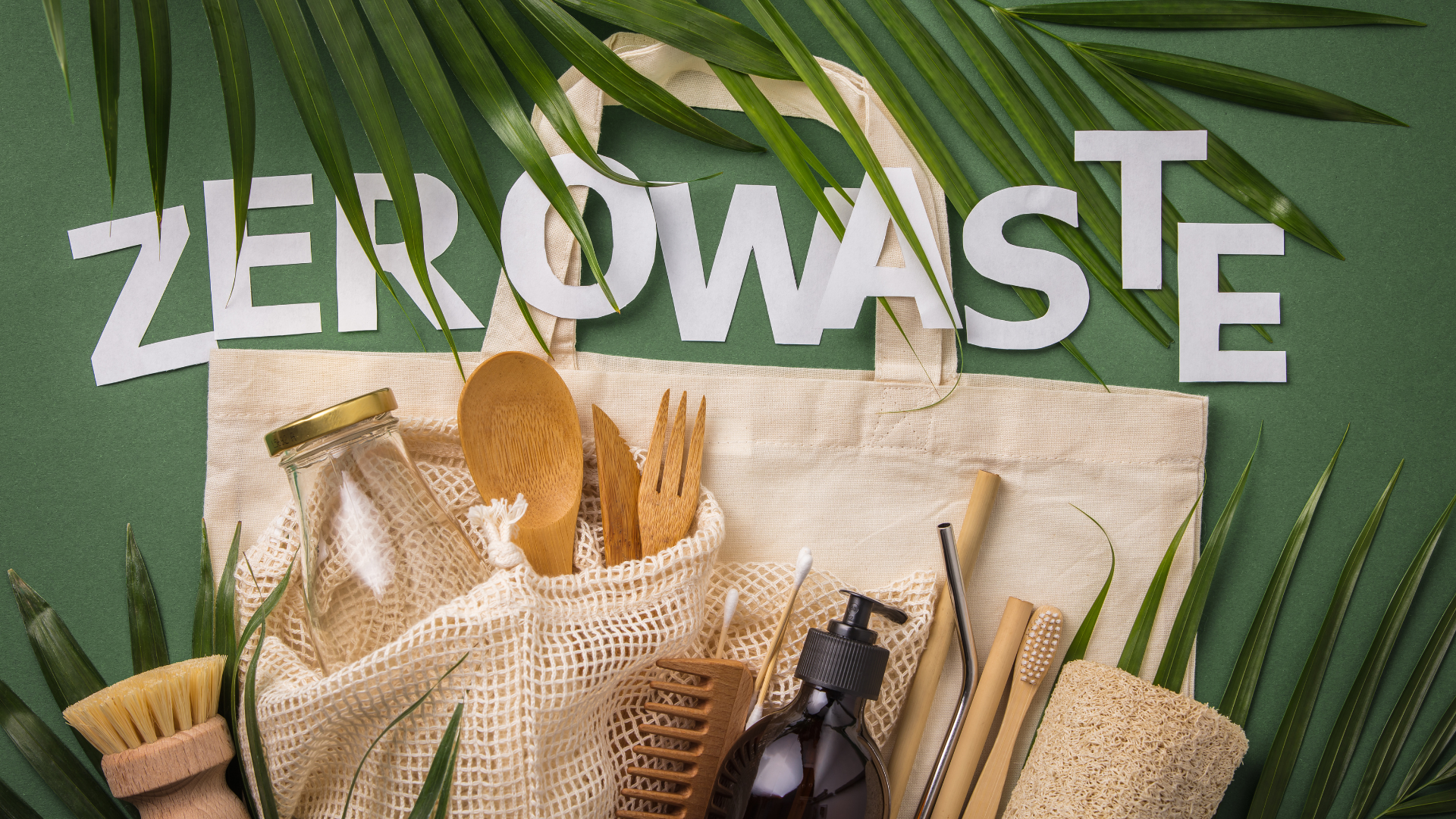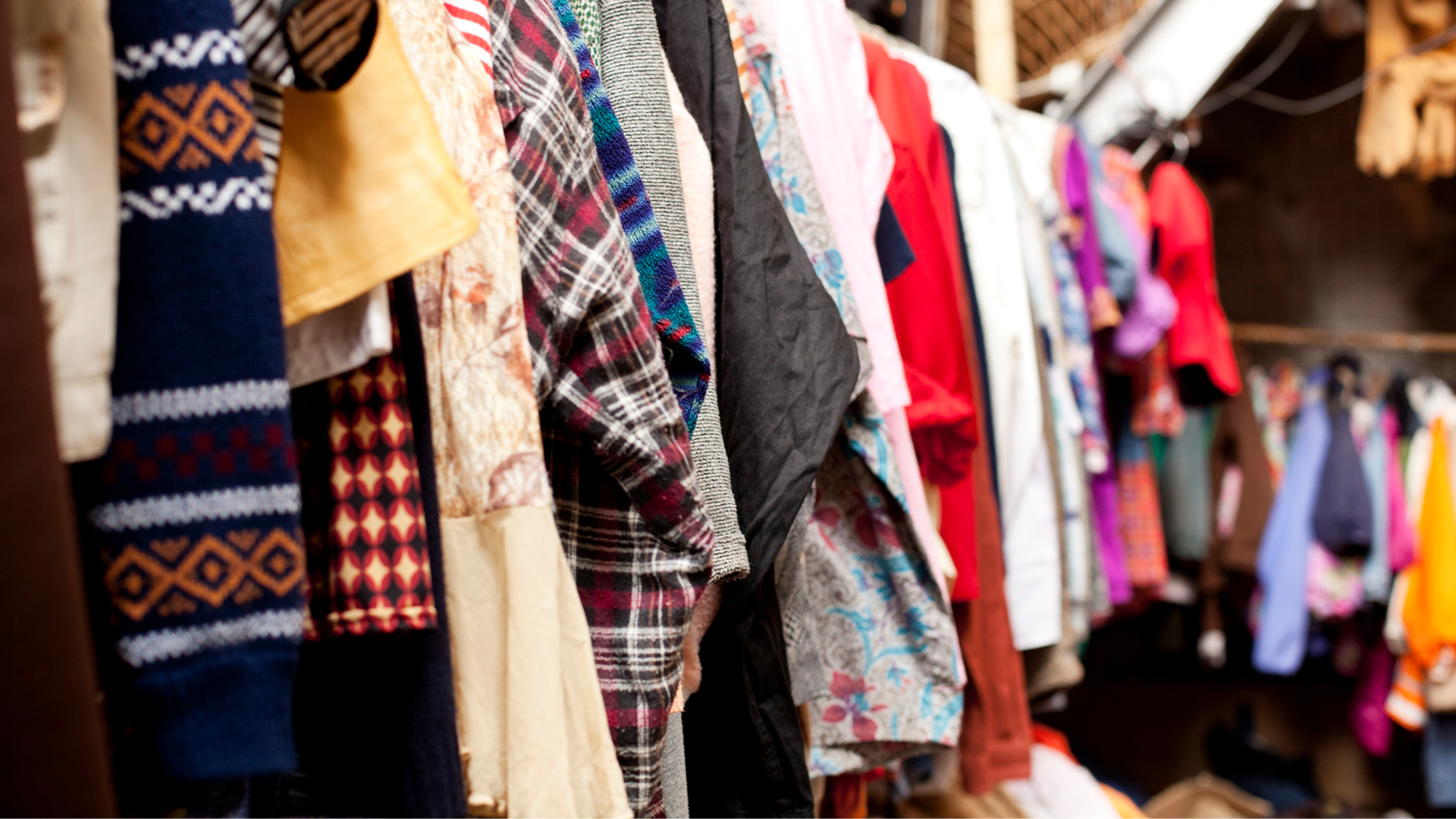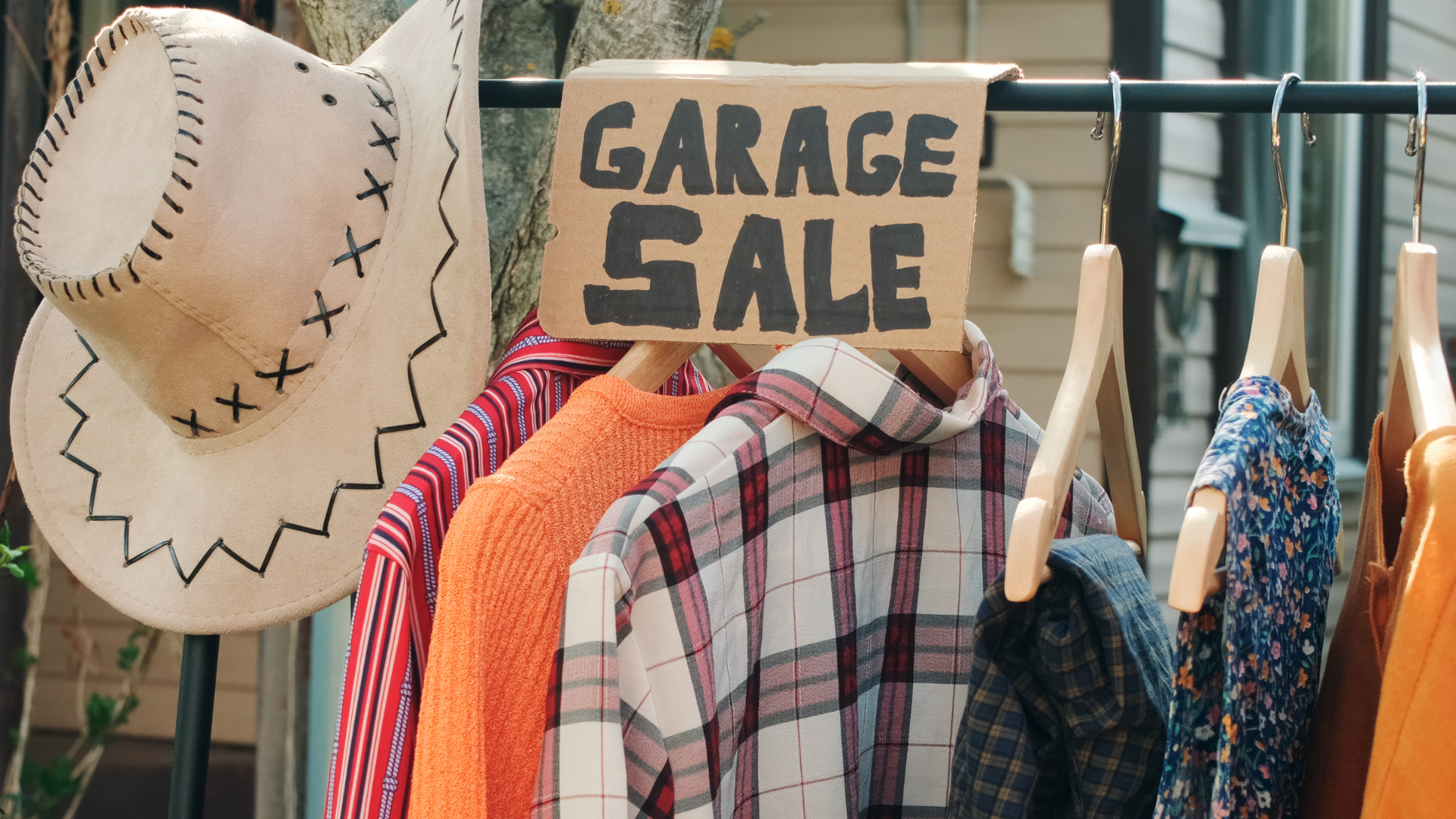Halloween, a celebration rich in history and excitement, marks a time of joy and creativity for many. Originally rooted in ancient festivals and religious rituals, Halloween today is a blend of costumes, trick-or-treating, and community gatherings. However, the environmental impact of these festivities often goes unnoticed amidst the excitement.
Environmental Concerns Associated with Halloween
As we dive into the sustainable practices during seasonal celebrations, it's crucial to address specific environmental concerns tied to Halloween:
-
Waste Generation: The excitement of Halloween brings with it a surge in waste, from disposable costumes to plastic decorations.
-
Energy Consumption: Festive lights and electronic decorations contribute significantly to the carbon footprint of Halloween.
-
Material Use: Many Halloween products are made from non-biodegradable materials, contributing to long-term waste issues.
Understanding these concerns is the first step towards a more sustainable Halloween. By integrating principles of waste reduction and eco-friendliness, individuals can enjoy the festivities without leaving a negative mark on the environment.
Key Steps Towards a Greener Halloween
To begin addressing these concerns, consider the following steps, which are not only effective but also easy to implement:
-
Opt for Eco-Friendly Costumes: Choose costumes made from sustainable materials or better yet, create your own from items already at home. For more ideas, check out our Ultimate Guide to DIY and Upcycling.
-
Reduce, Reuse, Recycle Decorations: Instead of buying new plastic decorations each year, reuse decorations, or make your own from recyclable materials. Learn more about sustainable decor in our article on Eco-Friendly Home Decor: A Comprehensive Guide.
-
Sustainable Candy Options: Choose confections with minimal packaging, or opt for homemade treats. These small changes can significantly reduce your Halloween waste.
For more detailed strategies on reducing holiday waste, refer to the EPA’s Guide to Reducing Holiday Waste. Also, consider visiting Green Halloween for a plethora of ideas on how to keep your Halloween fun and eco-friendly.
By taking these initial steps, you can transform Halloween from a trick or threat to the environment into a celebration that respects and preserves our natural world. Remember, every little effort counts when it comes to protecting our planet. Let's make this Halloween a model for sustainable celebrations.
Detailed Environmental Costs of Halloween
Halloween Waste Generation
The environmental cost of Halloween is significant, with waste generation at the forefront. Here's a breakdown of the types of waste commonly produced during this festive season:
-
Costumes: Often made from synthetic materials that are not biodegradable.
-
Decorations: Large amounts of plastic and non-recyclable materials are disposed of shortly after Halloween.
-
Packaging: Candy and costumes come in packaging that significantly contributes to plastic waste.
To combat this, consider the following:
-
Choose sustainable materials for costumes or opt for second-hand outfits.
-
Create decorations from household items or materials that can be recycled or composted.
-
Select candy with minimal or recyclable packaging to reduce waste.
For more insights, visit our Sustainable Living blog category, which includes tips that are applicable to everyday life.
Energy Consumption During Halloween
The glow of Halloween might be festive, but it comes with a carbon footprint due to increased energy consumption:
-
Lighting: Decorative lights are a major contributor to energy use during Halloween.
-
Electronic Decorations: These items can consume a considerable amount of energy.
To minimize energy consumption:
-
Use LED lights and solar-powered decorations.
-
Limit the hours decorations are turned on.
Refer to Energy Star’s guide on Energy Efficient Decorations for more energy-saving tips.
Sustainable Halloween Costumes
Transforming your Halloween attire into a model of sustainability can be both fun and eco-friendly:
-
Material Choices: Opt for natural fabrics like cotton or linen.
-
DIY Costumes: Repurpose old clothes and materials. Check out our What is Upcycling: Transform Your Home with Crafty DIY Projects for creative ideas.
Eco-Friendly Halloween Decorations
Decorations need not be wasteful to be wonderful:
-
Use natural elements like pumpkins, leaves, and branches that can be composted after use.
-
DIY Decorations: Create your own decorations using recycled materials. For ideas, visit our 15 Stunning Fall DIY Decor Ideas to Make Your Home Cozy.
Candy and Packaging Waste
Candy is a central part of Halloween but often comes with excessive packaging:
-
Choose bulk candy with less packaging or brands that use sustainable packaging materials.
-
Offer non-traditional treats like homemade goods or fruits.
FAQs Section
-
What are the most environmentally damaging aspects of Halloween?
-
Costume and decoration waste, energy consumption from lights and electronic decorations, and candy packaging.
-
-
How can I make my Halloween celebration more sustainable?
-
Opt for DIY costumes, use energy-efficient lighting, and choose candy with minimal packaging.
-
-
Are there eco-friendly alternatives to traditional Halloween costumes?
-
Yes, using natural fabrics or repurposing old clothing can be great alternatives.
-
-
What can I do with my Halloween decorations and costumes after Halloween?
-
Consider donating them, repurposing them for other events, or recycling materials if possible.
-
By addressing these areas, we can ensure that Halloween remains a joyous occasion without imposing unnecessary harm on the environment. Let's champion a low-impact Halloween celebration and set a positive example for sustainable living.




